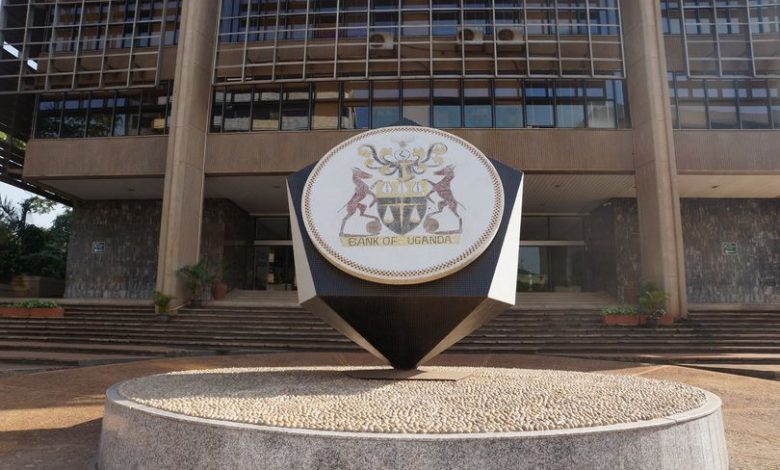BOU lowers lending rate amid signs of economic recovery
following the recent reduction in the CBR, the shilling has shown signs of stability, with the official exchange rate on August 15 standing at Shs 3,719.41 buying and Shs 3,729.41 selling per U.S. dollar. This relative stability is attributed to the previous CBR hikes and increased inflows from coffee exports, buoyed by favorable international coffee prices. According to Michael Atingi-Ego, Deputy Governor of the Ban

In a strategic move aimed at fostering economic growth, the Bank of Uganda has reduced the Central Bank Rate (CBR) by 25 basis points to 10%. The decision, announced last week by the Monetary Policy Committee (MPC), marks the first rate cut in four months.
The CBR had been raised to 10.25% in April 2024 as part of efforts to curb inflation and stabilize the Uganda shilling, which had been under significant pressure against the U.S. dollar. Despite these measures, the shilling had continued to weaken, with exchange rates in March 2024 reaching lows of Shs 3,910 buying and Shs 3,920 selling per U.S. dollar—a stark contrast to its more stable performance in 2020.
However, following the recent reduction in the CBR, the shilling has shown signs of stability, with the official exchange rate on August 15 standing at Shs 3,719.41 buying and Shs 3,729.41 selling per U.S. dollar. This relative stability is attributed to the previous CBR hikes and increased inflows from coffee exports, buoyed by favorable international coffee prices.
According to Michael Atingi-Ego, Deputy Governor of the Bank of Uganda, the recent monetary policy adjustments, combined with a fading impact of global shocks like the war in Ukraine and the COVID-19 pandemic, have contributed to the moderation of domestic inflation. In the 12 months leading to July 2024, annual headline and core inflation averaged 3.2% and 3.0%, respectively—both below the Central Bank’s medium-term target of 5%.
Despite this moderation, inflation saw a slight uptick in July 2024, with headline and core inflation rising to 4.0% from 3.9% and 3.8% in June. This increase was primarily driven by higher services inflation, notably in sectors such as passenger transport, accommodation, recreation, sports, and culture.
Looking ahead, the Bank of Uganda anticipates that inflation will remain below the 5% target in the fiscal year 2024/25, supported by stable demand conditions, lower imported inflation, and a steady exchange rate. However, Atingi-Ego cautioned that seasonal factors could cause a moderate rise in inflation over the next four months, with stabilization expected around the 5% mark by early 2025.
The Bank also highlighted several uncertainties that could impact inflation projections, including geopolitical tensions in the Middle East, potential energy price hikes, unfavorable weather patterns affecting food production, and fluctuations in global capital flows.
On the economic growth front, Uganda has shown signs of recovery from a recent slowdown, with GDP growth averaging 6.7% year-on-year in the last two quarters of FY 2023/24. This growth, which outpaced the 5.3% recorded in the first two quarters, was broad-based across all sectors, driven by recovering real incomes and rising consumer confidence.
For FY 2024/25, economic growth is projected to range between 6.0% and 6.5%, with expectations of further acceleration to above 7% over the medium term. This optimistic outlook is bolstered by stronger private sector investment, government intervention in key sectors such as agriculture, and a global economic recovery.
However, the Bank of Uganda remains cautious about potential risks to this growth trajectory. These include the possibility of higher commodity prices, disruptions to trade flows due to geopolitical uncertainties, and the re-emergence of protectionist policies that could strain the international trading system and dampen domestic growth.
Moreover, the Bank expressed concern that a slowdown in private sector credit growth, coupled with higher domestic borrowing costs, could pose additional challenges to economic expansion. On the other hand, favorable weather conditions, increased investment in the extractive industry, and effective government interventions could boost economic activity beyond current projections.
In summary, while Uganda’s economy is on a path to recovery, the Bank of Uganda’s recent rate cut reflects a delicate balancing act between promoting growth and managing inflationary pressures in an uncertain global environment.







